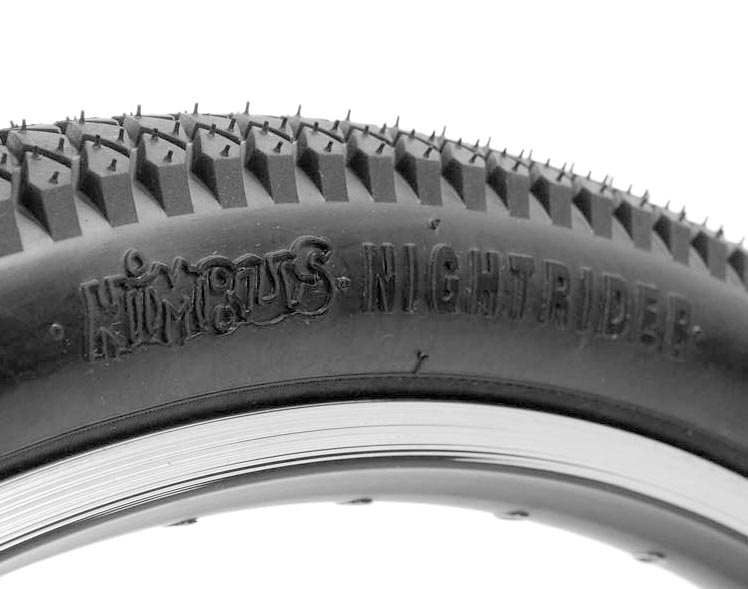I think both kinds of “pull” are real. Canoehead (the OP) describes riding across a slope and being steered up. It’s a steeper, shorter-term situation than riding along the edge of a road. I go up a steep little side slope on our weekly Road rides, and I have to remember to lean into it the right way, to come out on the narrow, downhill sidewalk that follows.
If you actually try to ride a straight line along a slope, like one of those ramp-like curbs, you will definitely have to work to keep the uni mid-slope. How hard you have to work is probably affected by your tire’s profile, as well as how much it’s inflated.
On the road (or bike path; any good bike path is sloped to one side or the other, for drainage), it’s usually a pretty low angle, but you can feel the effect. For me it wants to push me downhill and I have to work to keep a straight line.
In Ride The Lobster (a big unicycle stage race in 2008) I was most comfortable, and able to ride fastest, right on the centerline. Race officials didn’t like that. But mostly we were in the middle of nowhere, with very light traffic, and I wore a mirror. Don’t tell anyone.
On America’s Most Beautiful Bike Ride, a big recreational ride around Lake Tahoe, we ride on mostly 2-lane roads, much of which has pretty pronounced camber. That wore me out on my first time; I remember having to push harder with my right leg to keep angling the wheel back up the hill. I asked more experienced riders, like Nathan and Beau Hoover, and they basically said you get used to it after a while. Apparently a much longer while than the 72 miles around the lake!
Turning your handlebars, which really is meant to go along with turning your seat and handlebars, is intended to help you sit at a slight angle, and make it easier to do that slightly uneven pedaling to “balance you” against the camber. I’ve done that once or twice on long Road rides, and I felt that it worked for me. Originally I figured out that method for getting around 200 meter athletics tracks when we did indoor unicycle racing. Those ovals are almost all turn, and it’s hard to maintain the tighter turn at high speed. turning the seat made it a little easier.
In the end, I think a lot of it is also about how the rider approaches the idea of doing the ride. I watch Ed Pratt in his YouTube videos of riding all over the world, and see that whatever the road puts in front of him, he’s going to deal with. He might have to go a little slower, but he’s going to get there no matter what.

